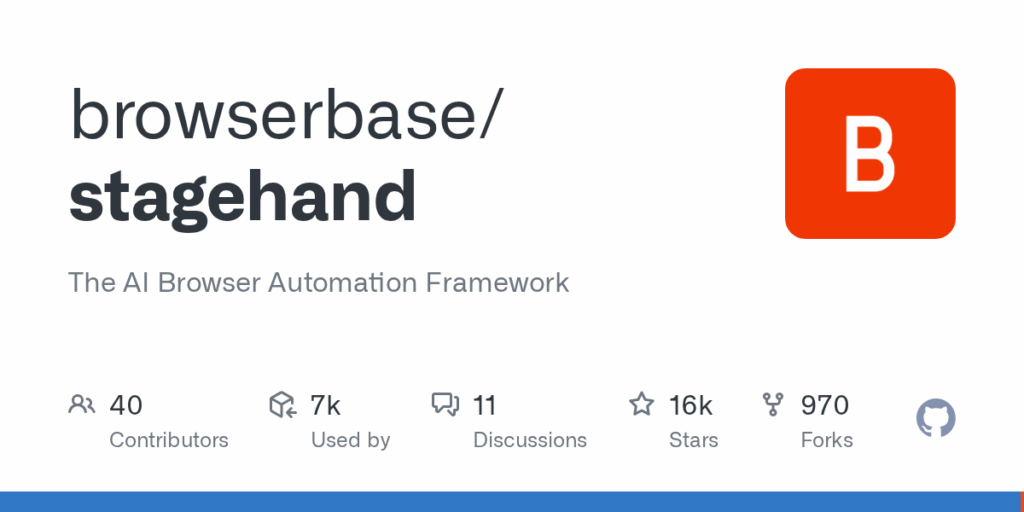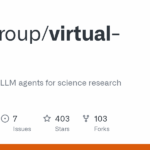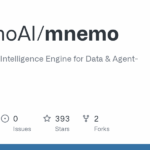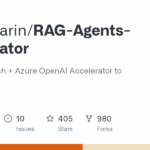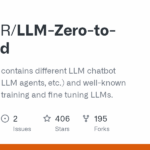stagehand
Basic Information
Stagehand is an AI browser automation framework for developers who need reliable, production-ready web automation that mixes traditional code with language‚Äëdriven AI. It provides primitives to run Playwright actions alongside AI agents so teams can choose where to write explicit code and where to delegate navigation or interpretation to models. The repo contains examples, build and run instructions, and integration points for LLM providers such as OpenAI and Anthropic. It includes utilities to preview and cache AI actions, examples showing page.act, page.extract with zod schemas, and a one-line CLI quickstart. The project is intended to be used with an LLM API key and Browserbase credentials, has documentation at docs.stagehand.dev, a Python implementation in a separate repo, and community support via Slack. It is MIT licensed.

